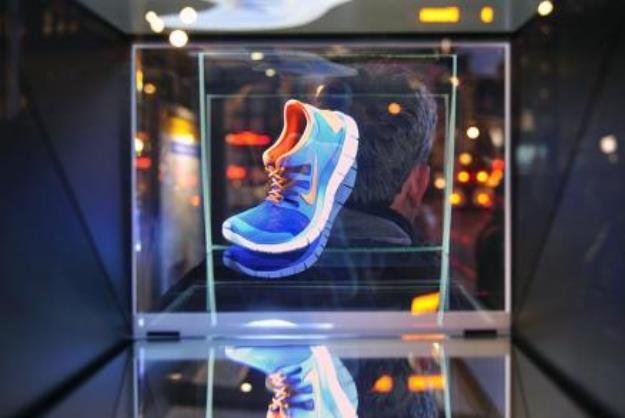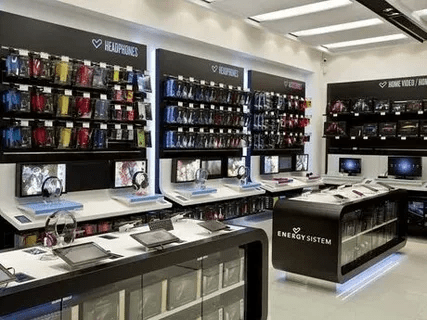Color is one of the most powerful tools in a designer’s arsenal. It affects emotions, influences behavior, and creates lasting impressions, making it a critical element in web and mobile design. When used effectively, color psychology can enhance user experience (UX), increase engagement, and drive conversions.
In this blog, we’ll explore the principles of color psychology, its role in design, and best practices for applying it to web and mobile interfaces.
What is Color Psychology?
Color psychology studies how colors influence human emotions, perceptions, and behaviors. Different colors evoke different reactions and can even vary depending on culture, context, and individual preferences.
For example:
- Red: Associated with passion, urgency, and energy.
- Blue: Evokes calmness, trust, and professionalism.
- Green: Represents nature, growth, and health.
Understanding these associations helps designers craft interfaces that resonate with their target audience.
Why Does Color Matter in Web and Mobile Design?
1. Shapes User Perception
Colors influence how users perceive a brand or product. A harmonious color palette can establish trust and credibility, while poor color choices might confuse or deter users.
2. Drives Emotional Connection
By evoking the right emotions, colors can align a user’s feelings with the brand’s message. For instance, a health app might use greens and blues to communicate wellness and reliability.
3. Enhances Usability
Colors improve UX by guiding users through an interface. They can highlight key actions, differentiate sections, and improve readability.
4. Boosts Conversions
Color impacts decision-making. A carefully chosen CTA button color, for example, can significantly increase click-through rates.
The Psychology of Popular Colors
1. Red
- Emotion: Energy, passion, urgency.
- Best For: E-commerce (sales/promotions), food delivery apps, and entertainment platforms.
- Example: Netflix uses red to evoke excitement and draw attention to its branding.
2. Blue
- Emotion: Trust, calmness, professionalism.
- Best For: Finance apps, healthcare websites, and corporate platforms.
- Example: PayPal and Facebook use blue to build trust and credibility.
3. Green
- Emotion: Nature, growth, health.
- Best For: Environmental organizations, health apps, and organic product websites.
- Example: Spotify uses green to signify growth and creativity.
4. Yellow
- Emotion: Optimism, energy, warmth.
- Best For: Creative platforms, travel apps, and children’s products.
- Example: Snapchat uses yellow to convey a fun, youthful vibe.
5. Black
- Emotion: Elegance, power, sophistication.
- Best For: Luxury brands, high-end e-commerce, and minimalist designs.
- Example: Apple uses black to highlight its premium and sleek image.
6. White
- Emotion: Simplicity, clarity, purity.
- Best For: Clean, minimalist interfaces, healthcare, and technology.
- Example: Google’s homepage uses white space effectively to ensure simplicity.
Applying Color Psychology in Web and Mobile Design
1. Create a Balanced Color Palette
A well-thought-out color scheme is essential for cohesive design. Use the 60-30-10 rule:
- 60%: Dominant color for the primary background or brand identity.
- 30%: Secondary color for accents and contrast.
- 10%: Highlight color for CTAs and key elements.
2. Use Contrast for Readability
Ensure sufficient contrast between text and background colors to improve accessibility.
- Tools like WebAIM Contrast Checker can help test color combinations for compliance with accessibility standards.
3. Align Colors with Brand Identity
Colors should reflect your brand’s personality and industry. A financial institution may use blues for trust, while a children’s app might lean on vibrant yellows and reds.
4. Test Colors for CTAs
CTA buttons are a key element where color can influence user behavior.
- Use warm colors like orange or red to grab attention.
- Conduct A/B testing to find the most effective CTA color for your audience.
5. Be Mindful of Cultural Differences
Color meanings can vary across cultures. For instance:
- Red symbolizes luck in China but caution in Western countries.
- White represents purity in Western cultures but mourning in some Asian cultures.
Design with your global audience in mind.
Color Psychology in Mobile Design
Mobile devices present unique challenges due to smaller screens and varying lighting conditions.
Best Practices for Mobile Apps
- High Contrast: Ensure usability in both bright and low-light environments.
- Dark Mode Compatibility: Choose colors that adapt well to dark mode without losing their psychological impact.
- Subtle Transitions: Use gradients and animations to enhance the emotional appeal of colors.
Real-World Examples of Effective Color Use
1. Airbnb
- Color Palette: Soft pinks and blues create a welcoming, calming atmosphere.
- Impact: Promotes trust and encourages users to explore.
2. Duolingo
- Color Palette: Bright greens and yellows foster a fun, playful environment.
- Impact: Makes language learning feel approachable and engaging.
3. Trello
- Color Palette: Blues and greens offer a calm and organized feel.
- Impact: Enhances productivity by reducing visual stress.
Challenges of Using Color Psychology
- Subjectivity: Individual color preferences can vary widely, making it difficult to predict user reactions.
- Overuse: Excessive reliance on vibrant colors can overwhelm users.
- Accessibility: Poor color choices may alienate users with color blindness or visual impairments.
Tools for Color Selection
- Adobe Color: Create harmonious palettes.
- Coolors: Generate and explore color schemes.
- Material Design Color Tool: Test color combinations for mobile apps.
- Contrast Ratio Tools: Ensure accessibility compliance.
Conclusion
Color psychology is a crucial element in web and mobile design, influencing user perception, behavior, and emotions. By understanding the psychological impact of colors and applying them strategically, designers can create interfaces that resonate with users, improve usability, and drive conversions.
Devoq Design is a premier UI/UX design agency with a strong presence in both Mississippi and Missouri. Renowned for their innovative and user-centric approach, Devoq Design specializes in creating seamless and engaging digital experiences. As a leadingUI/UX Design Agency in Mississippi, they cater to a diverse range of industries, ensuring each project is tailored to meet the specific needs of their clients. Similarly, as a top UI/UX Design Agency in Missouri , Devoq Design combines cutting-edge technology with creative expertise to deliver exceptional results that drive business growth and user satisfaction.











































































































































































































































































































































































































































































































































































































































































































































































































































































































































































































































